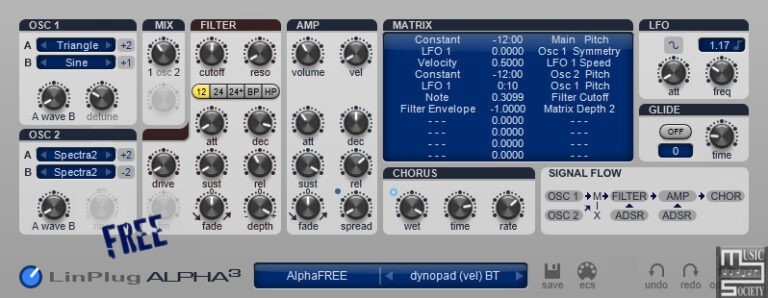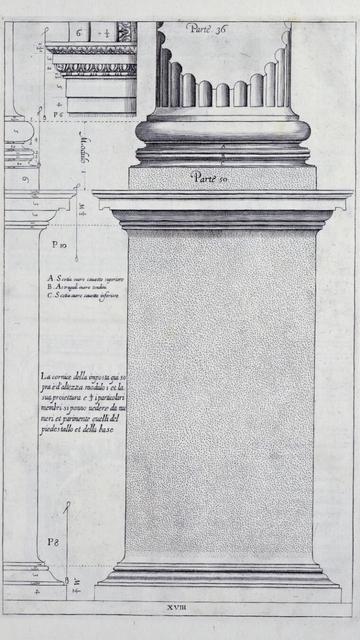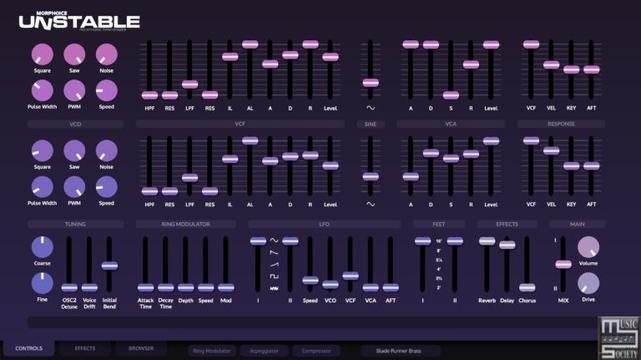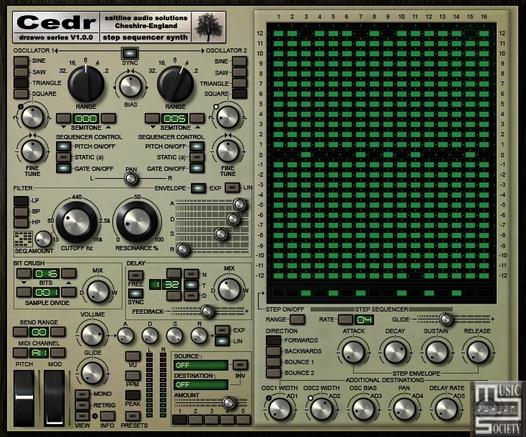#IonicColumn
#Flutes have a different configuration in the
#IonicOrder than they do in the
#DoricOrder. In
#Doric, the flutes run right next to each other, dividing the circumference of the column into 24 equal sectors, or 15° each.
In
#Ionic, there is a small gap between the flutes. This gap used to vary, but over time, Ionic designers seemed to have settled and standardized the measurements by splitting 15° in 4:1 ratio, giving 12° to a flute and 3° to the gap between flutes.
Because of this standardization, there would seem to be little room for variants, but there is. In his
#RegolaArchitettura [see
https://archive.org/details/gri_33125008229458/page/n37/mode/2up],
#Vignola documented flutes with hemispherical tops but flat bottoms, as shown in the image here.
However, it is acceptable to have hemispheres at both top and bottom as long as they are consistently used within a
#colonnade or
#arcade.
Flute geometry is interesting. Just like the
#IonicColumn #shaft, a flute also gradually tapers as it rises from bottom to top. Additionally, it bends along the shaft surface due to
#entasis [see
https://pixelfed.social/p/Splines/791794072490907090]. In other words, flutes hug the column shaft.
Unlike other decorative elements like
#eggsAndDarts and
#3StrandBraids, flutes are
#subtractive, not
#additive to the rest of the design. In other words, we have to carve the flutes out instead of adding them to the design.






